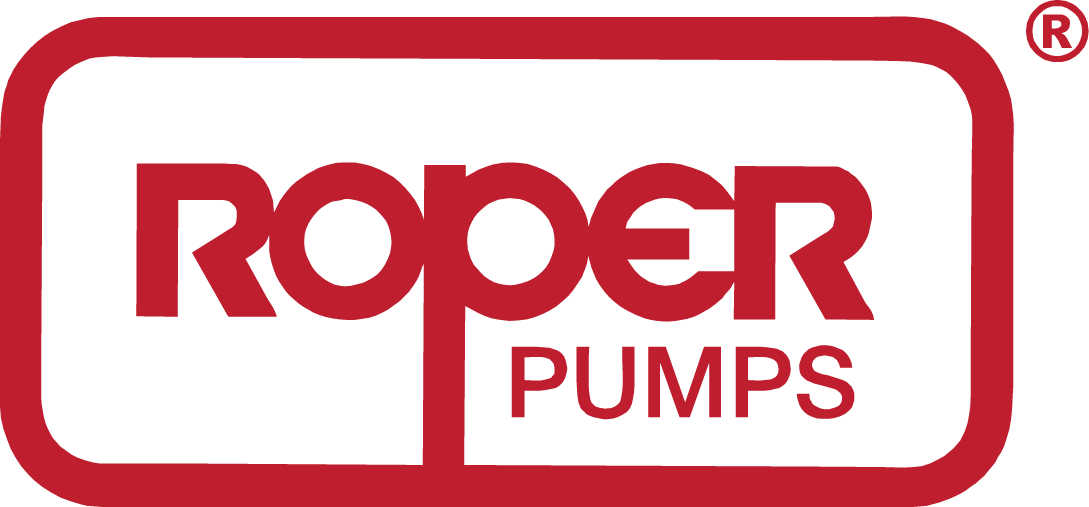In the confectionery industry, efficient and reliable equipment is vital for maintaining product quality and production efficiency. One of the key components in this manufacturing process is the system used to move the product through various stages of production. Despite their robust design, these systems can sometimes encounter issues that disrupt production. Knowing how to troubleshoot common problems can help maintain smooth operations and prevent costly downtime. By understanding the underlying causes of these issues and implementing effective troubleshooting strategies, confectionery manufacturers can ensure consistent product quality and maximize production efficiency.
Addressing Inconsistent Flow Rates
Inconsistent flow rates can significantly affect the quality of this production. This issue is often caused by blockages or air entrapment within the system. To address this, regularly inspect and clean all components to remove any build-up of the substance or other debris. Ensure that the system is properly primed before operation to eliminate air pockets. Additionally, checking for wear and tear on seals and valves can help prevent leaks and ensure a consistent flow. By monitoring flow rates and conducting periodic checks, manufacturers can identify potential issues early and take proactive measures to maintain optimal operational efficiency.
Preventing Overheating and Excessive Wear
Overheating and excessive wear are common problems that can lead to equipment failure in chocolate pumps. These issues are typically caused by running the system at higher pressures or speeds than recommended. To prevent this, regularly monitor operating conditions and adhere to the manufacturer’s specifications. Ensure adequate cooling and lubrication of moving parts to reduce friction and heat build-up. Using high-quality lubricants and conducting regular inspections can extend the life of the equipment and prevent overheating-related failures. Investing in temperature monitoring systems can also provide early warnings of potential issues, allowing for timely intervention to prevent costly downtime and production delays. By implementing preventive maintenance practices and optimizing operating parameters, manufacturers can minimize the risk of overheating and ensure reliable performance of chocolate pumps.
Maintaining Hygiene Standards
Maintaining hygiene standards is crucial in production to prevent contamination and ensure product safety. Contamination can occur due to inadequate cleaning procedures or worn-out components within this system. To address this, implement rigorous cleaning and sanitation protocols, ensuring all parts are thoroughly cleaned after each production run. Use food-grade cleaning agents and regularly inspect components for signs of wear or damage that could harbor contaminants. Replacing worn parts promptly and maintaining a clean environment around the equipment can help uphold hygiene standards and prevent product contamination. By prioritizing hygiene practices and investing in quality assurance measures, manufacturers can safeguard product integrity and consumer trust, contributing to the overall success and reputation of their brand in the market.
Troubleshooting Motor and Drive System Failures
Motor and drive system failures can cause significant disruptions in these production processes. These failures are often due to electrical issues, mechanical wear, or improper maintenance practices. To troubleshoot these problems, regularly inspect electrical connections for signs of wear or corrosion and ensure that all components are securely fastened. Lubricate moving parts and check for alignment issues that could cause mechanical strain or overheating. Additionally, keeping the drive system clean and free from debris can prevent overheating and improve overall system performance. Implementing a proactive maintenance schedule and adhering to manufacturer recommendations for servicing the motor and drive system can help identify and address potential issues before they escalate into costly failures. By investing in reliable equipment and adopting best practices for maintenance and troubleshooting, manufacturers can minimize downtime and optimize production efficiency in manufacturing operations.
Efficient troubleshooting of common issues in a chocolate transfer pump is essential for maintaining smooth and uninterrupted production operations. By addressing problems such as inconsistent flow rates, overheating, contamination, and motor failures, manufacturers can ensure high-quality production and minimize downtime. Implementing preventive maintenance schedules, adhering to strict hygiene standards, and investing in quality assurance measures are crucial steps toward optimizing the performance and reliability of these systems. By adopting these practices, confectionery manufacturers can enhance operational efficiency, reduce production costs, and uphold product quality standards, thereby achieving competitive advantages in the market. As the demand for high-quality products continues to grow, manufacturers who prioritize equipment reliability and maintenance will be well-positioned to meet consumer expectations and drive business success.


